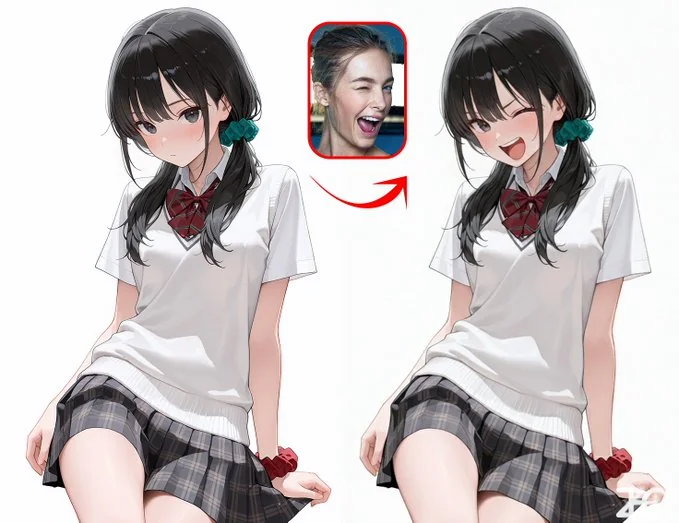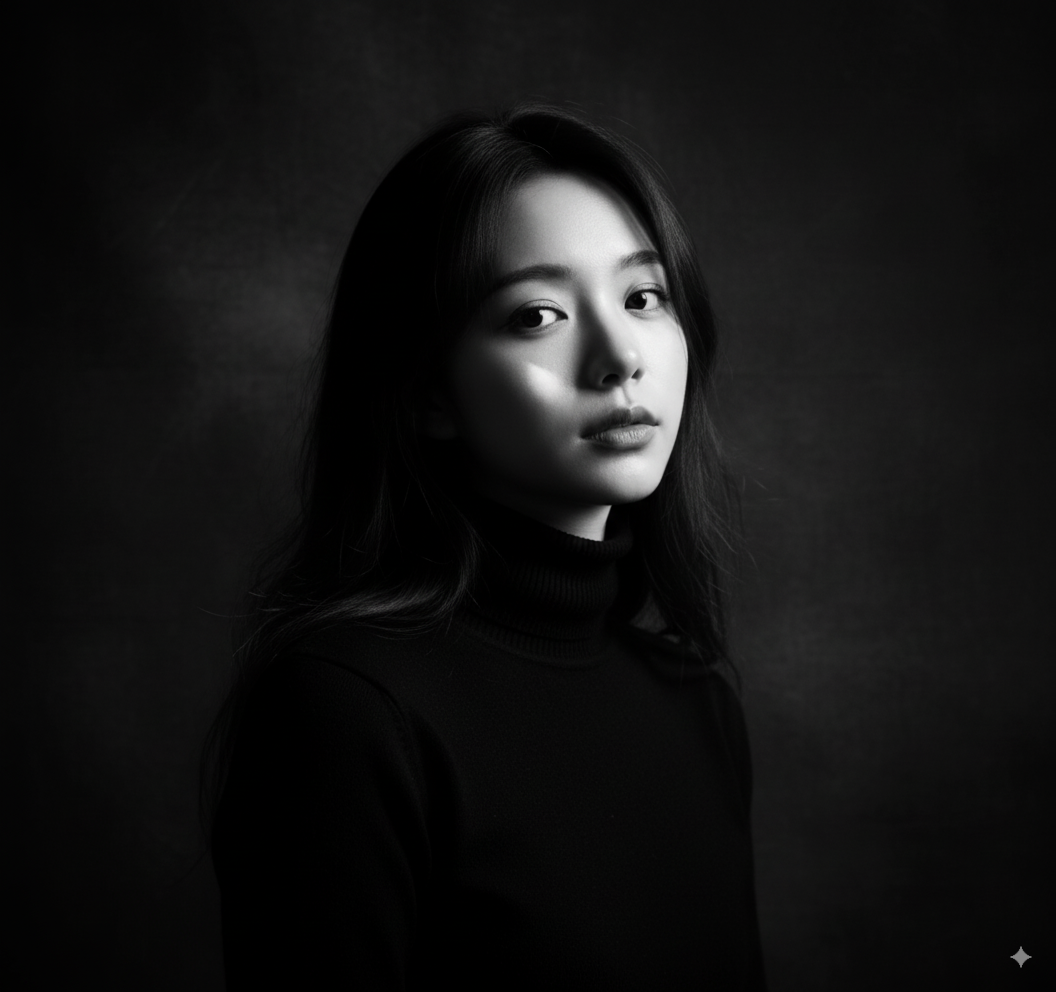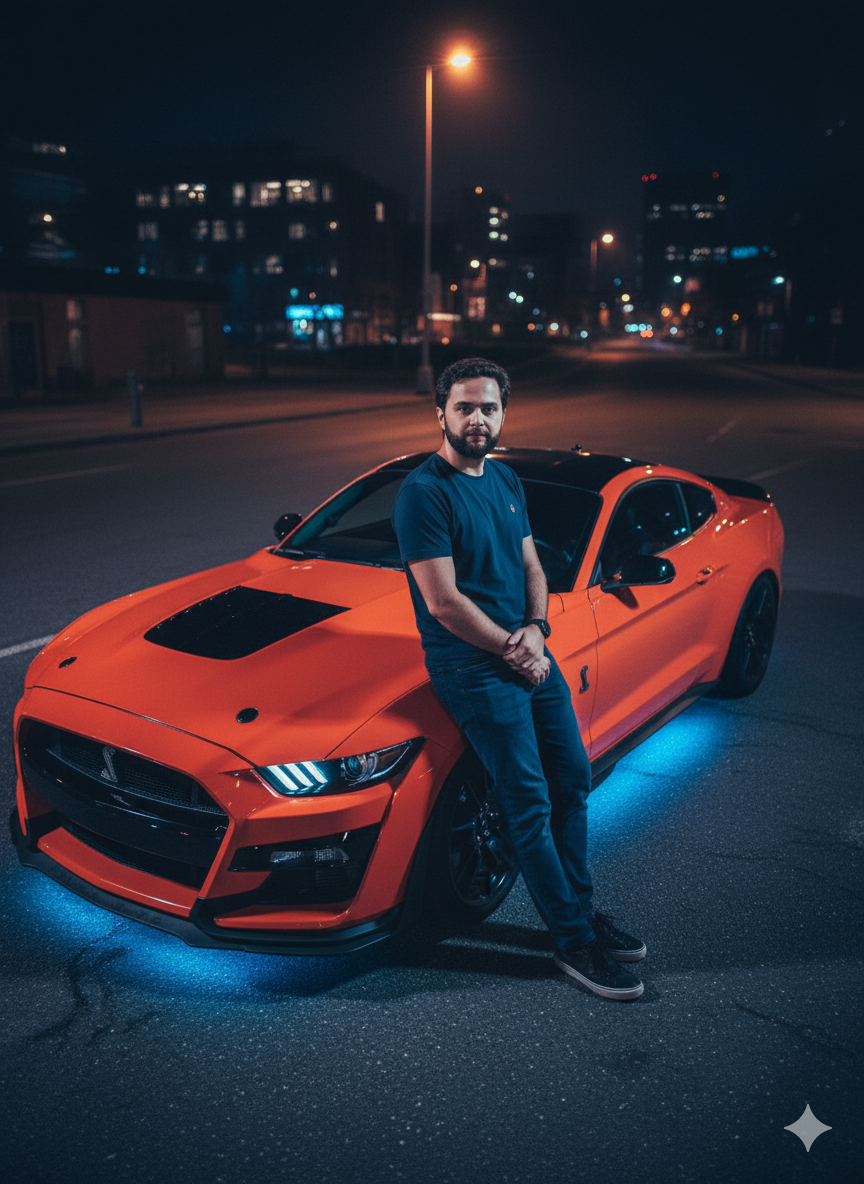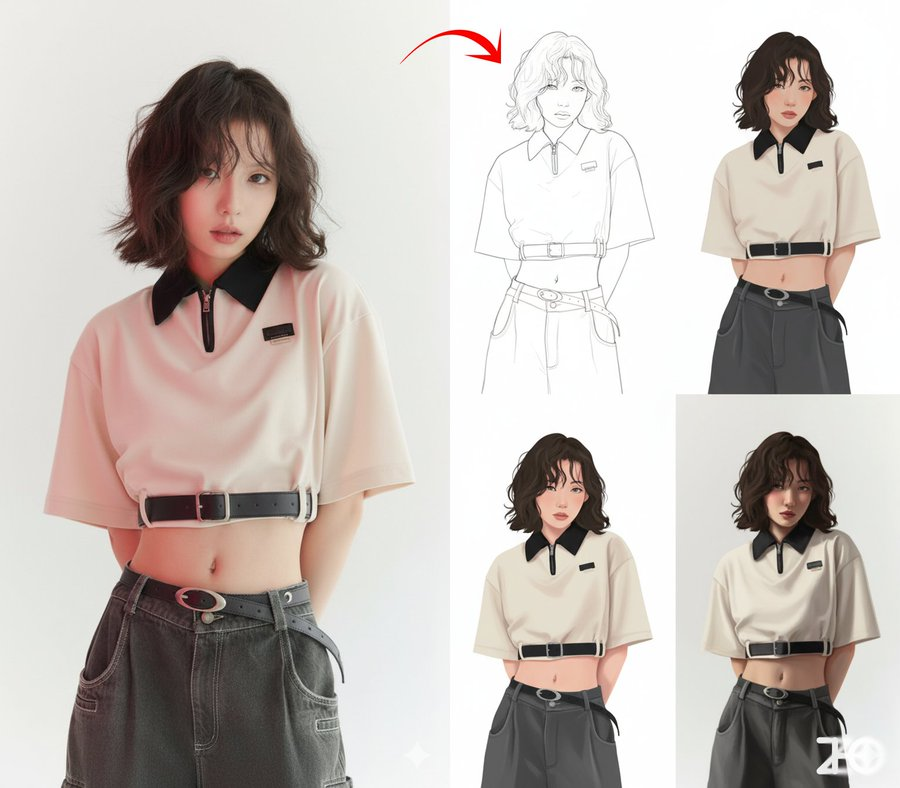
Understanding AI Prompts: The Art and Science of Perfect Instructions
Discover the fundamental principles behind effective AI prompts. Learn what makes a prompt powerful, the core elements of prompt engineering, and how to craft instructions that consistently deliver stunning results.
Introduction
In the rapidly evolving landscape of AI-generated imagery, prompts have emerged as the bridge between human imagination and machine creation. But what exactly makes a prompt effective? Why do some prompts consistently produce stunning, professional-quality images while others yield disappointing results?
This guide dives deep into the art and science of AI prompts—exploring not just how to use them, but how they work, why they matter, and what separates great prompts from mediocre ones. Whether you're a complete beginner or looking to refine your prompt engineering skills, understanding these fundamental principles will transform your approach to AI image generation.
What Are AI Prompts, Really?
Beyond Simple Instructions
At their core, AI prompts are detailed instructions that guide image generation models to create specific visual outputs. But calling them "simple instructions" dramatically undersells their sophistication. A truly effective prompt is more like a comprehensive creative brief—it's a carefully crafted blueprint that communicates:
- Visual aesthetics (style, mood, atmosphere)
- Technical specifications (lighting, camera settings, composition)
- Subject details (appearance, clothing, expression, pose)
- Environmental context (location, time, background elements)
- Quality expectations (resolution, realism, artistic standards)
Think of a prompt as a conversation with an incredibly talented but literal-minded artist. The more precisely you communicate your vision, the more faithfully the AI can bring it to life.
The Language of Visual Imagination
What makes prompts fascinating is that they've evolved into a new form of creative language—a hybrid between technical photography terminology, artistic references, and descriptive prose. This language allows us to:
- Reference established visual styles ("Rembrandt lighting," "Wong Kar-wai aesthetic")
- Specify technical parameters ("85mm lens," "f/1.4 aperture," "chiaroscuro")
- Evoke emotions and moods ("confident," "melancholic," "whimsical")
- Build complete scenes from imagination
The best prompts don't just describe—they translate human creative vision into machine-understandable instructions with remarkable precision.
The Anatomy of a Powerful Prompt
Core Components That Make Prompts Work
Every effective prompt, regardless of style or complexity, contains several essential elements working in harmony:
1. Subject Definition and Preservation
The foundation of any portrait prompt is clearly establishing the subject:
"Based on the person in the uploaded image..."
"Maintaining exact facial features and body structure..."
"Preserve original facial characteristics..."This anchors the transformation to your actual appearance while allowing stylistic changes around you.
2. Style and Aesthetic Direction
Style references provide the creative compass:
- Artistic movements: "Tim Walker fantasy photography," "Dutch oil painting," "90s grunge aesthetic"
- Cultural references: "Vogue editorial style," "Old Money elegance," "Cyberpunk atmosphere"
- Medium specifics: "Oil painting with visible brushstrokes," "film photography with grain," "studio portrait"
These references tap into the AI's training data, accessing countless examples of the aesthetic you're targeting.
3. Technical Specifications
Professional-quality results demand technical precision:
- Camera equipment: "Shot on Hasselblad," "85mm lens," "medium format camera"
- Camera settings: "f/1.4 aperture," "ISO 400," "shallow depth of field"
- Image quality: "8K resolution," "ultra-sharp," "high definition"
Even though no actual camera is involved, these specifications guide the AI toward specific visual characteristics associated with professional photography.
4. Lighting Design
Lighting can make or break an image:
- Lighting style: "Rembrandt lighting," "butterfly lighting," "low-key chiaroscuro"
- Light source: "Single soft light," "dramatic backlight," "golden hour sunlight"
- Atmosphere: "Soft shadows," "dramatic highlights," "diffused studio lighting"
Precise lighting instructions create depth, dimension, and professional polish.
5. Composition and Framing
How elements are arranged matters enormously:
- Camera angle: "Low-angle," "eye-level," "high angle looking down"
- Framing: "Full-body," "mid-body portrait," "close-up headshot"
- Spatial arrangement: "Subject centered," "rule of thirds," "leading lines"
Clear compositional guidance ensures visually balanced, professionally composed images.
6. Environmental Context
Setting the scene completes the vision:
- Location: "Gothic cathedral," "rain-slicked city street," "sunlit café," "studio with textured backdrop"
- Time: "Golden hour," "night," "midday sun"
- Atmospheric elements: "Rain reflections," "neon lights," "subtle haze," "bokeh from city lights"
Rich environmental detail creates immersive, believable scenes.
7. Mood and Emotion
The emotional tone brings everything together:
- Expression: "Confident expression," "thoughtful pose," "calm and introspective"
- Atmosphere: "Dramatic," "elegant," "whimsical," "powerful," "romantic"
- Energy: "Relaxed," "dynamic," "intense," "effortless"
Emotional direction ensures the final image conveys the intended feeling.
The Principles of Effective Prompt Engineering
Specificity Over Vagueness
Weak: "Make it look cool with good lighting"
Strong: "Dramatic chiaroscuro lighting with strong key light from the side, creating deep shadows and bright highlights, professional low-key photography setup"
The difference is transformative. Vague prompts give the AI too much interpretive freedom, leading to inconsistent or generic results. Specific prompts provide clear direction, resulting in predictable, professional outcomes.
Layered Detail Creates Depth
Great prompts build complexity through layers:
- Foundation layer: Subject identity and preservation
- Aesthetic layer: Overall style and visual direction
- Technical layer: Camera, lighting, and quality specifications
- Detail layer: Clothing, props, environmental elements
- Refinement layer: Mood, emotion, and final polish
Each layer adds depth and precision without creating confusion.
Reference What Already Exists
The most powerful prompts leverage existing visual language:
- Photographer names: "Annie Leibovitz portrait," "Steve McCurry composition"
- Film directors: "Wong Kar-wai aesthetic," "Wes Anderson color palette"
- Art movements: "Renaissance painting," "Art Deco design"
- Brands and publications: "Vogue editorial style," "National Geographic quality"
These references access vast training data, giving the AI clear visual targets to emulate.
Balance Guidance and Freedom
There's an art to providing enough direction without over-constraining:
- Too loose: "A person looking nice"
- Too rigid: "Exactly 47-degree head tilt, precisely 3.2 meters from camera, 2847K color temperature..."
- Just right: "Confident expression with slight head tilt, shot with 85mm lens at f/1.4, warm professional lighting"
Strike the balance between clear vision and allowing the AI's creative interpretation within those bounds.
Use Negative Prompts Strategically
Sometimes it's as important to specify what you don't want:
"negative: cropping, distorted face, extra limbs, blurred features,
cartoon style, watermark, low-resolution artifacts, neon saturation"Negative prompts prevent common AI mistakes and maintain quality standards.
Common Prompt Pitfalls and How to Avoid Them
Mistake 1: Conflicting Instructions
Problem: "Create a subtle, understated portrait with dramatic neon lights and bold graphic elements"
These instructions fight each other. Subtle and bold are opposing directions.
Solution: Choose a coherent vision. If you want drama, commit to it. If you want subtlety, don't add dramatic elements.
Mistake 2: Over-Complication
Problem: Adding every possible detail creates confusion rather than clarity.
"Professional photo with Rembrandt lighting and butterfly lighting and low-key
setup and high-key backdrop and dramatic and soft and moody and bright..."Solution: Focus on a primary lighting style and complementary elements, not contradictory ones.
Mistake 3: Insufficient Technical Grounding
Problem: "Make it look professional"
What does "professional" mean? Wedding photography? Fashion editorial? Corporate headshot?
Solution: Be specific about the professional context and technical requirements.
Mistake 4: Ignoring Source Photo Quality
Problem: Using blurry, poorly lit, heavily filtered source photos and expecting perfect results.
Solution: Start with the best quality source images possible. Good lighting, clear features, appropriate resolution.
Mistake 5: Stylistic Mismatches
Problem: "90s grunge aesthetic with Old Money elegance and cyberpunk neon"
These styles fundamentally conflict.
Solution: Choose coherent, complementary style elements. Or intentionally create fusion styles, but understand you're creating something experimental.
The Evolution of Prompts: Where We're Going
From Simple Commands to Creative Collaboration
Early AI image generation required simple, short prompts. Modern systems can handle—and benefit from—sophisticated, detailed instructions. We're witnessing the emergence of prompt engineering as a genuine creative skill.
The Rise of Prompt Libraries
Curated prompt collections (like what we offer) represent a significant evolution. Rather than everyone starting from scratch, the community is building on collective knowledge, refining techniques, and sharing what works.
Democratizing Professional Aesthetics
Perhaps most revolutionary: prompts have democratized access to professional-quality imagery. You no longer need:
- Expensive camera equipment
- Professional lighting setups
- Years of photography training
- Elaborate location shoots
- Professional models or stylists
A well-crafted prompt can recreate all of this digitally.
The Future: Multimodal and Interactive
We're moving toward:
- Visual + text prompts: Combining reference images with textual instructions
- Iterative refinement: AI that understands "make it more dramatic" or "soften the lighting"
- Style transfer: "Apply the lighting from this image to my portrait"
- Conversational prompting: Natural dialogue rather than formal instructions
Mastering Prompts: Your Learning Path
Start with Proven Examples
Don't start from scratch. Study effective prompts:
- Analyze structure: How are successful prompts organized?
- Identify patterns: What elements appear consistently?
- Note specificity: How detailed are the instructions?
- Understand context: Which styles work for which purposes?
Experiment Systematically
Treat prompt development scientifically:
- Change one variable at a time: Modify lighting, then style, then composition
- Document results: Keep track of what works
- Build a personal library: Save and organize your best prompts
- Iterate and refine: Continuously improve based on results
Learn the Visual Vocabulary
Invest time in understanding:
- Photography terminology: Aperture, focal length, depth of field, composition rules
- Lighting techniques: Rembrandt, butterfly, split, rim lighting
- Artistic movements: Renaissance, Baroque, Impressionism, Art Deco
- Cultural aesthetics: Different decades, geographic regions, subcultures
This vocabulary becomes your creative toolbox.
Understand Your Use Cases
Different goals require different approaches:
- Professional headshots: Clean, simple, focused on facial features and professional presence
- Creative portfolios: Bold, artistic, experimental with style and mood
- Social media content: Eye-catching, shareable, often with unique or unexpected elements
- Commercial work: Brand-aligned, consistent, meeting specific marketing needs
Tailor your prompts to your objectives.
Embrace the Creative Process
Remember that prompt engineering is both art and science:
- Science: Technical specifications, proven structures, systematic testing
- Art: Creative vision, aesthetic judgment, emotional resonance
The best results come from balancing both.
Practical Exercise: Deconstructing a Master Prompt
Let's break down a sophisticated prompt to see these principles in action:
Professional editorial portrait photography based on uploaded user photo,
transform the person from the uploaded image into Vogue magazine style,
high contrast dramatic lighting, fashion photography aesthetic,
maintain exact facial features and body structure from uploaded photo,
sophisticated fashion styling, shot with 85mm lens, f/1.4 aperture,
editorial photography style, dramatic shadows and highlights,
professional color grading with rich tones, preserve original skin texture,
confident editorial expression, luxury fashion aesthetic,
high-end retouching, cinematic composition, magazine-quality lighting setup,
premium editorial standardWhat makes this work:
- Clear subject preservation: "maintain exact facial features and body structure"
- Specific style reference: "Vogue magazine style," "editorial photography"
- Technical precision: "85mm lens, f/1.4 aperture"
- Lighting detail: "high contrast dramatic lighting," "dramatic shadows and highlights"
- Quality standards: "magazine-quality," "premium editorial standard," "high-end retouching"
- Mood direction: "confident editorial expression"
- Aesthetic completeness: "sophisticated fashion styling," "luxury fashion aesthetic"
Notice how each element reinforces the others, creating a cohesive, detailed instruction set.
Conclusion: Your Creative Superpower
Understanding AI prompts is more than learning a technical skill—it's gaining a creative superpower. With well-crafted prompts, you can:
- Visualize the impossible: Create scenes and styles that would be impractical or impossible to photograph traditionally
- Access professional quality: Achieve results that previously required expensive equipment and expertise
- Experiment freely: Try dozens of styles and approaches without the cost of traditional photoshoots
- Express your vision precisely: Translate exactly what's in your imagination into visual reality
The Key Takeaways
As you develop your prompt engineering skills, remember:
- Specificity is power: Detailed, precise instructions yield consistent, professional results
- Structure matters: Follow proven frameworks (subject + style + technical + environment + mood)
- Reference established aesthetics: Leverage existing visual language for clearer communication
- Balance detail and coherence: Be thorough but maintain a unified vision
- Learn continuously: Study examples, experiment systematically, refine based on results
Start Your Journey
The prompts you craft are limited only by your imagination and understanding. As you develop your skills:
- Study our curated library: Hundreds of proven, tested prompts waiting for you
- Experiment boldly: Don't be afraid to try new combinations and approaches
- Share and learn: The prompt community grows through collective knowledge
- Keep creating: Every prompt you write teaches you something new
The future of creative visual expression is here, and it speaks the language of prompts. Master this language, and you unlock infinite creative possibilities.
Ready to put these principles into practice? Explore our complete prompt library to see these techniques in action. Each prompt represents careful engineering, tested and refined to deliver exceptional results. Your creative journey starts with understanding—and continues with experimentation.
The perfect image is just one well-crafted prompt away.
Author

Categories
More Posts

Discover 6 Powerful AI Prompt Styles: From Dramatic Portraits to Surreal Art
Unlock the potential of AI image generation with six distinctive prompt styles - from timeless black and white photography to surreal marble sculptures, vintage grunge aesthetics to cinematic neon-lit scenes. Learn how to transform your photos into professional-quality art.


Showcase: 6 Creative Ways to Use AI Image Prompts
Discover how to create stunning AI-generated images across different styles - from professional portraits to cyberpunk scenes. Learn how to use our powerful prompt library to transform your photos into art.


Beyond Photography: 6 Creative AI Transformations That Reimagine Your Photos
Discover six innovative AI transformation techniques - from virtual makeup try-on to handcrafted crochet dolls, illustration processes to Funko Pop collectibles. Learn how to turn your photos into art, products, and creative concepts you never imagined possible.
